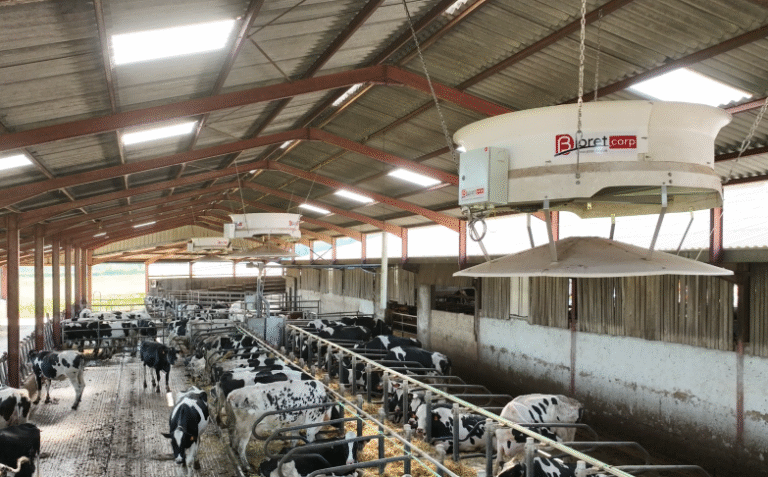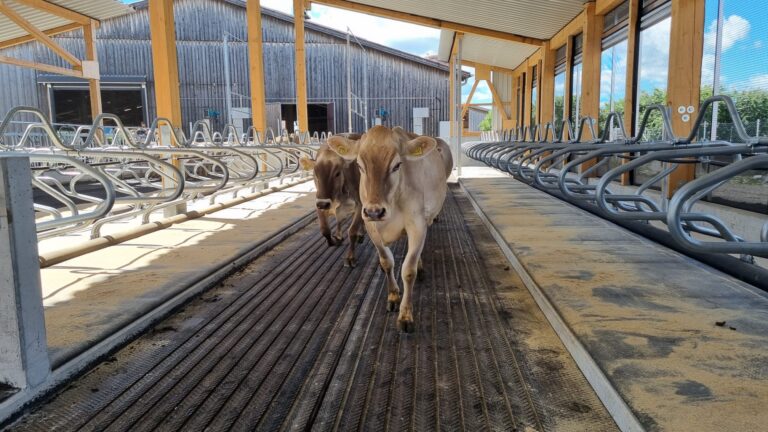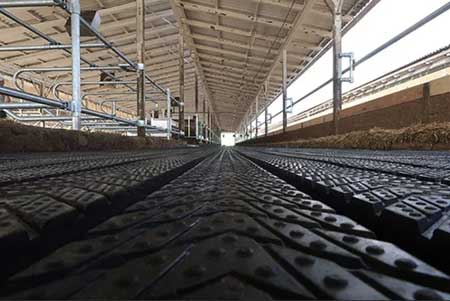The 5 fundamental freedoms of animal welfare
Since the law of July 10, 1976, which defines the animal « as a sentient being that must be placed in conditions compatible with the biological imperatives of its species », welfare encompasses five fundamental freedoms, to which each animal must have access:
- Freedom from hunger and thirst, through ready access to fresh water and a suitable diet;
- Freedom from discomfort, by providing an appropriate environment, including shelter and comfortable resting areas;
- Freedom from pain, injury, and disease; the animal must not be subjected to mistreatment that could harm or injure it, and it must receive treatment if it becomes ill;
- Freedom from fear and distress, by ensuring rearing conditions that do not cause mental suffering;
- Freedom to express normal behavior, through adequate space and facilities, and the opportunity for contact and interaction with other animals of its own species.
In livestock farming, beyond regulatory compliance, respecting animal welfare is self-evident, primarily because those who choose this profession do so out of a passion for animals. But also because only animals living in respectful conditions can fully express their genetic potential in terms of growth and productivity.
The quality of the flooring in livestock buildings is a significant factor in animal welfare, affecting comfort, cleanliness, and the prevention of diseases and injuries. Cows with healthy feet will produce longer and be more fertile, which will benefit economic results.
Floors that are too abrasive, slippery, or damp increase the risk of lameness. Lameness costs an average of €250, not to mention the extra labor required to care for the sick animal. Furthermore, pain and reduced mobility lead to decreased feed intake, which is detrimental to milk production. In cases of severe lameness, the Livestock Institute estimates that milk production can decrease by up to 36%. The risk of premature culling is multiplied by 5, and there is a 15 times greater risk of fertility problems. All of these factors represent a loss of income for the farmer.
Investing in welfare: a win-win return
Due to new but poorly grooved concrete, Patrick Busnot's cows, a breeder in Calvados, accumulated foot problems and lameness. Faced with the scale of the difficulties, the breeder and his partners decided to install Magellan mats. « In a week, we saw a positive effect on the movement of the animals, » recalls the breeder. « Certainly, installing mats represents a certain budget, but if we have less lameness, fewer injured cows, we will make up for it with a recovery in production. Floor comfort is all the more important for high-production cows. If we want them to produce to the maximum, we must provide them with all possible comfort ».
At Gaec Etang de la Roche, in Marsac sur Don (44), Magellan mats were installed on 472 m2 to cover poorly scarified concrete and resolve the problem of recurrent lameness among this herd of 180 cows. « The cost of the mat and the new scraper represents an investment of 2 euro cents per liter of milk, » says Stéphane Roué. « Before, we had 80 cases of lameness per year. By reducing their number, we will save on veterinary costs and gain in milk production. I think that in 2 or 3 years, we will have made this investment profitable ».




